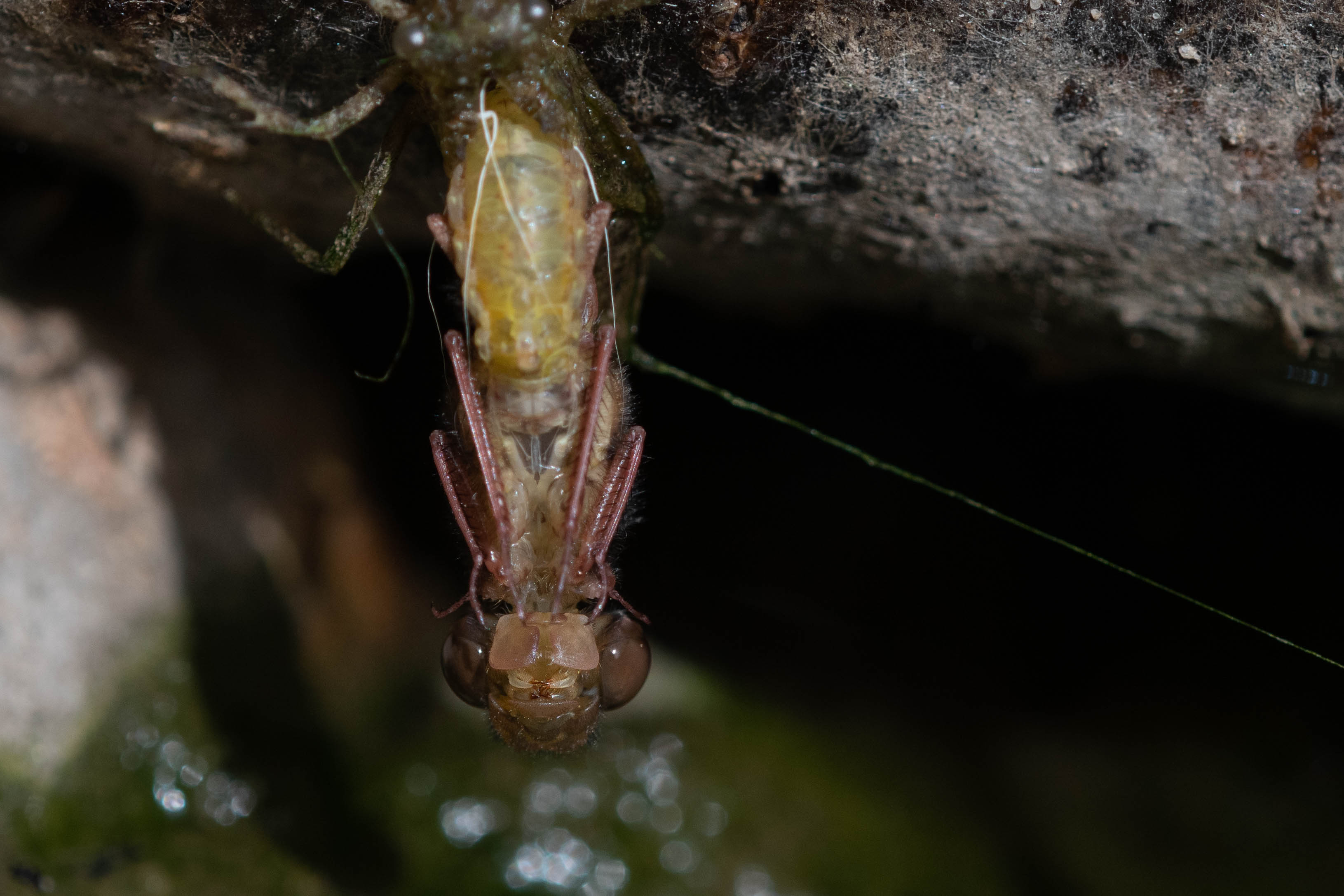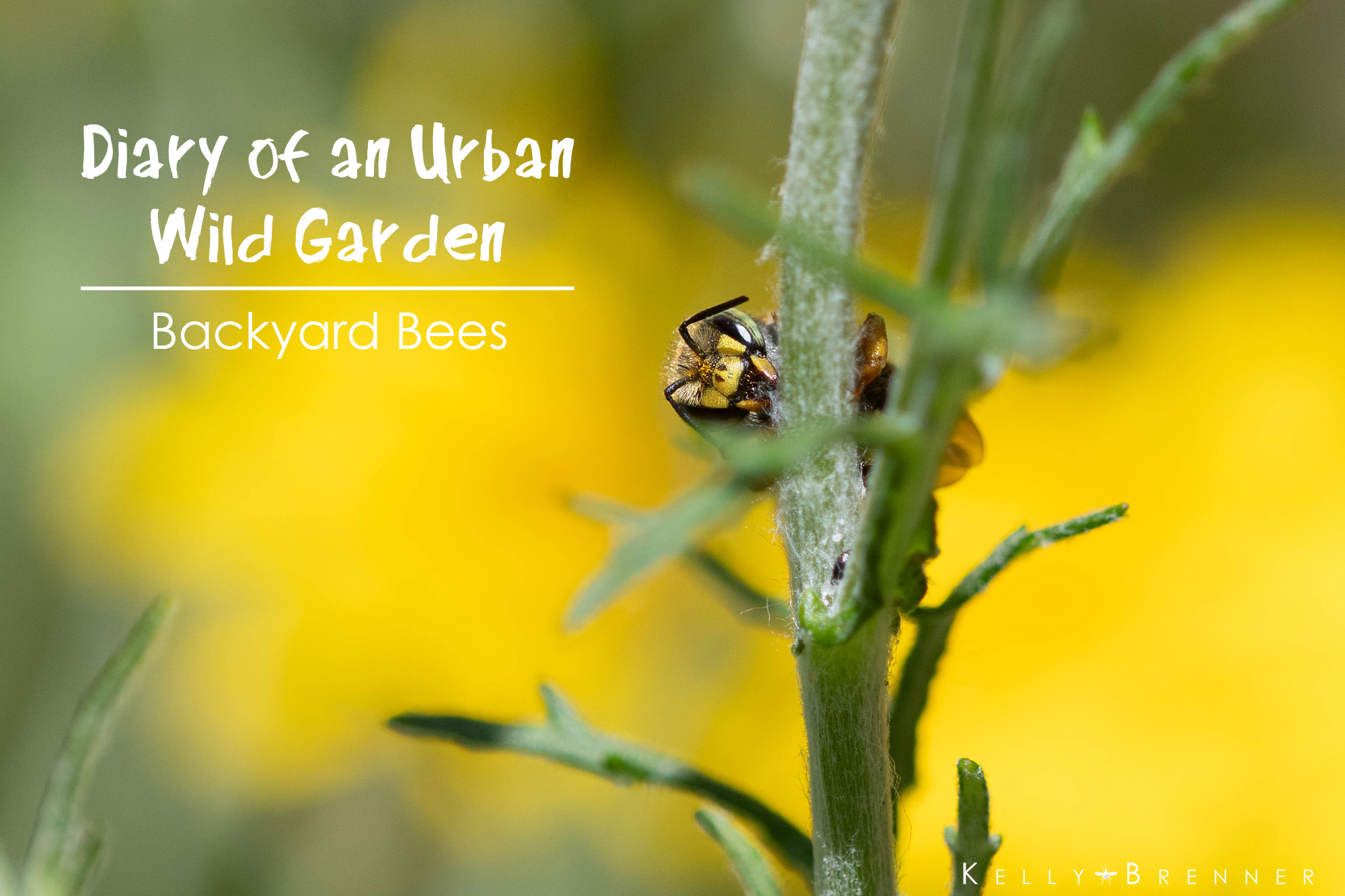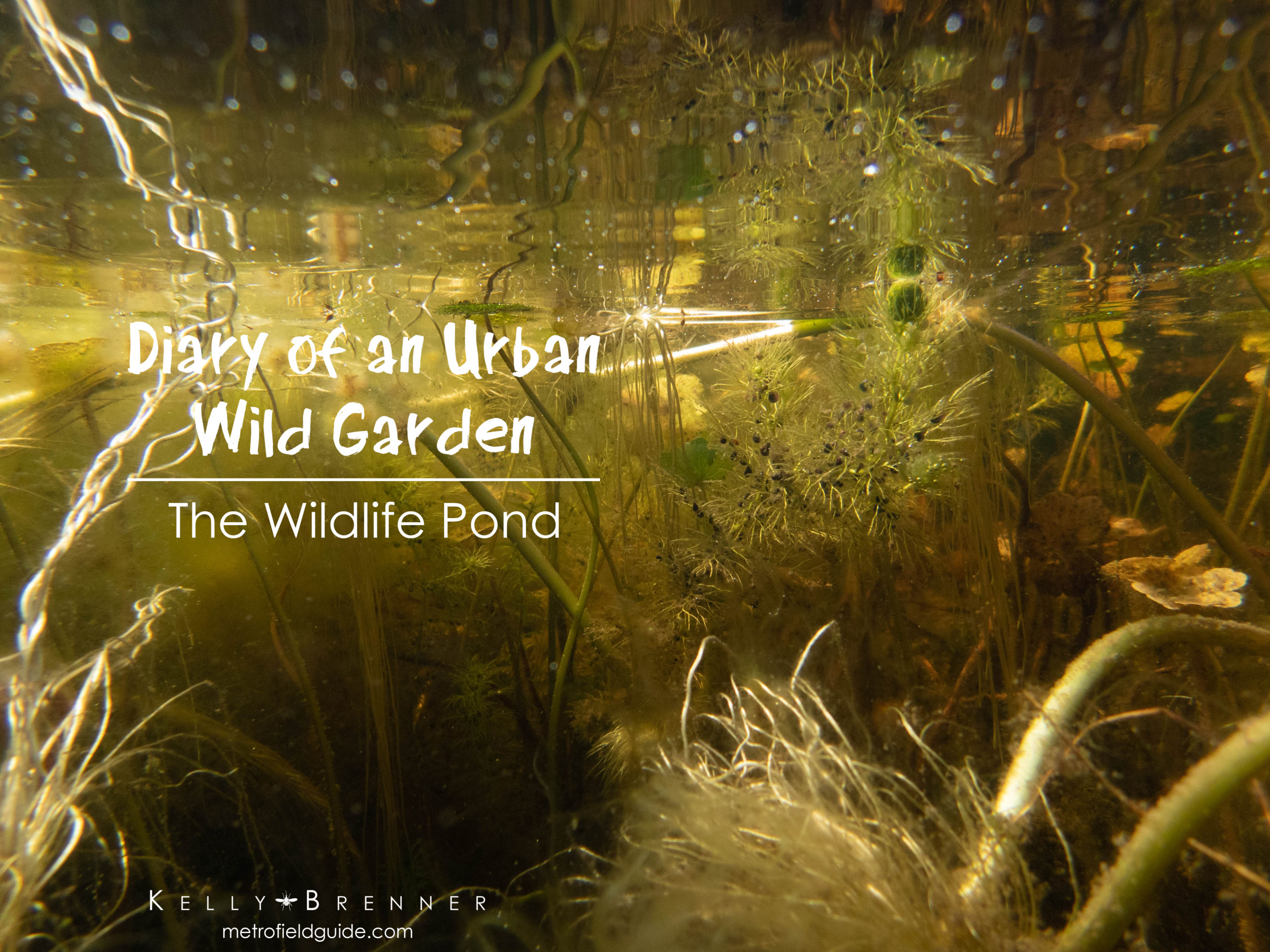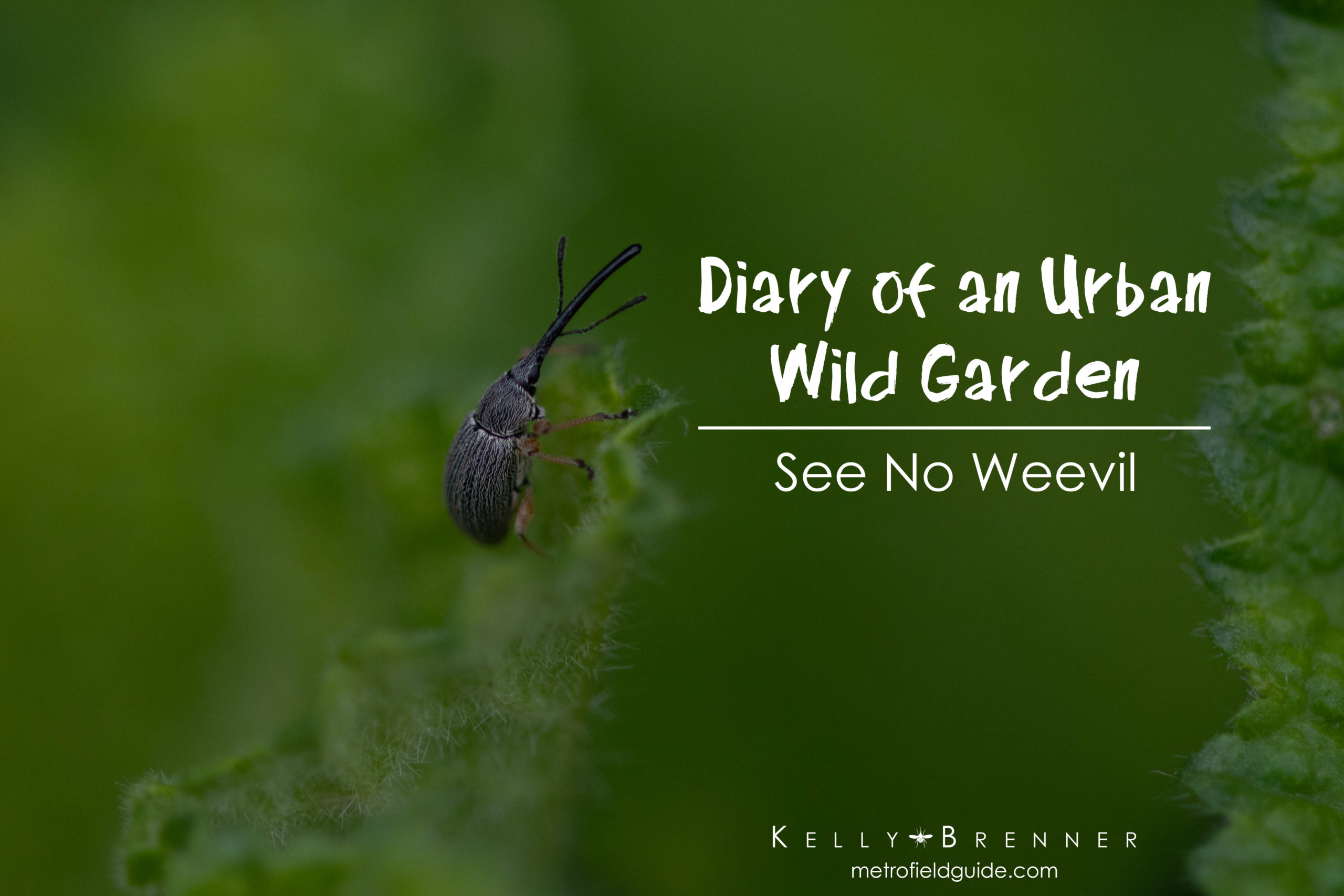All week long, as I worked outside, I watched teneral dragonflies, those that had just made the transformation from larvae to adult, fly away from my wildlife pond. But I had yet to catch any in the act of emerging. Earlier last week I had agreed to take dragonfly larvae into my daughter’s school to share with the kids. No big deal I thought, I’d go scoop some out of the pond in the afternoon before heading to the school. I had been catching larvae with nearly every scoop of the net as I removed algae over the last couple of weeks, so it should be easy. But when I went out that day, I scooped and scooped and was starting to worry I would have nothing to show the kids. After a good twenty minutes I finally found one. I then changed my scooping methods and started netting around containers and close to the ground and eventually had a good dozen dragons, plus two damselfly larvae and one tiny dragon larvae. The sudden difficulty in finding larvae was a good indication just how many dragons had already emerged from the pond and flew away as adults.
When dragons emerge, they leave behind exuvia. These are the empty skins of the dragonfly larvae that they leave attached to plants, rocks or other surfaces after they fly away as adults and I collect them around the pond to get an idea how many emerge. Last year, the first spring and summer of the pond’s existence, I found 40 exuvia, and I surely missed some. So far this year I had found only a few, in large part because the plants have grown up around the pond and the exuvia are harder to find. I had found several away from the pond in a patch of phacelia flowers. Over the last week I found them on plants in the pond, but also in unexpected places like the wall of the house and on other plants, well away from the pond.
The reason for this long distance travel, for a small invertebrate anyway, may be because of a certain bird. One day earlier in the week I saw a Dark-eyed Junco land on the fence, having flown up from the pond with something in its beak. I first thought it was sticks the junco had collected for a nest. But when the bird turned its head I saw it was holding a teneral dragonfly, still soft and not yet hardened. That junco returned time and time again, meticulously picking its way through the vegetation near the pond and three more times I saw it fly away with a new dragonfly. The dragons that emerged further from the pond may have found greater success in having time to dry out and their wings to harden enough to fly away from the junco.
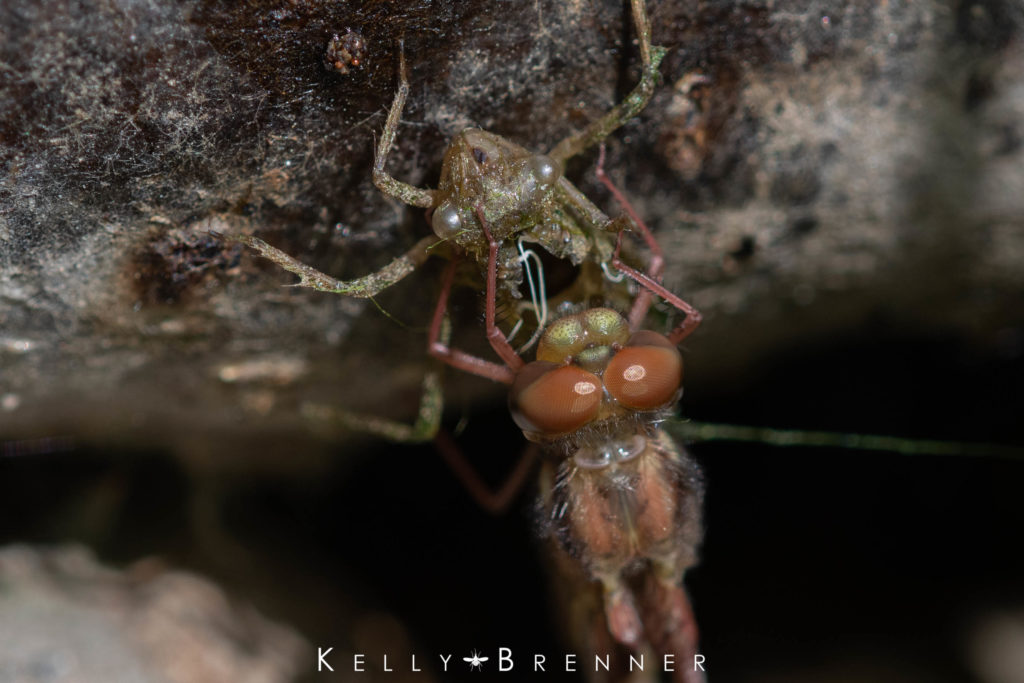
Fast forward to the weekend and after several record-breaking hot days, Sunday started out overcast and cool, a relief after the unseasonable heat. In the afternoon I surveyed the wildlife pond looking for exuvia and I almost immediately found a sight which gave me pause, a bright yellow and pink dragon hanging upside-down. It was in the process of emerging from its larval skin and I sat down to watch.
Although I’ve watched many damselflies emerge, I’ve only seen a dragonfly emerge once before, despite having so many emerging from my pond, because they usually start this process in the dark. But the overcast day must have given them a later start and for that I was grateful. The dragon hung from its skin which was attached to a log just above the water. It had already broken through the larva’s back and now hung from it, its abdomen still partway in the larva’s skin. Its legs were pink and still tucked tight in against its thorax and the pink and yellow mouth gaped open, letting me look at the intricate workings that are usually impossible to see. After some time it heaved itself up and grabbed the larva’s now empty head with its feet and pulled the rest of the abdomen out. Then, slowly, it began pumping fluid into its body, enlarging the abdomen and wings.
While the dragon sat on its own exuvia, hardening its exoskeleton, I walked around the rest of the pond, while keeping an eye out for juncos, and on the opposite side, I found yet another dragon emerging. It was in the same stage as the first one was when I found it and I again sat down to watch. As I watched I saw another dragon on the same container, but it was already fully out. Then, astonishingly, I noticed yet another dragon hanging upside-down from one of the Water Pennywort plants.
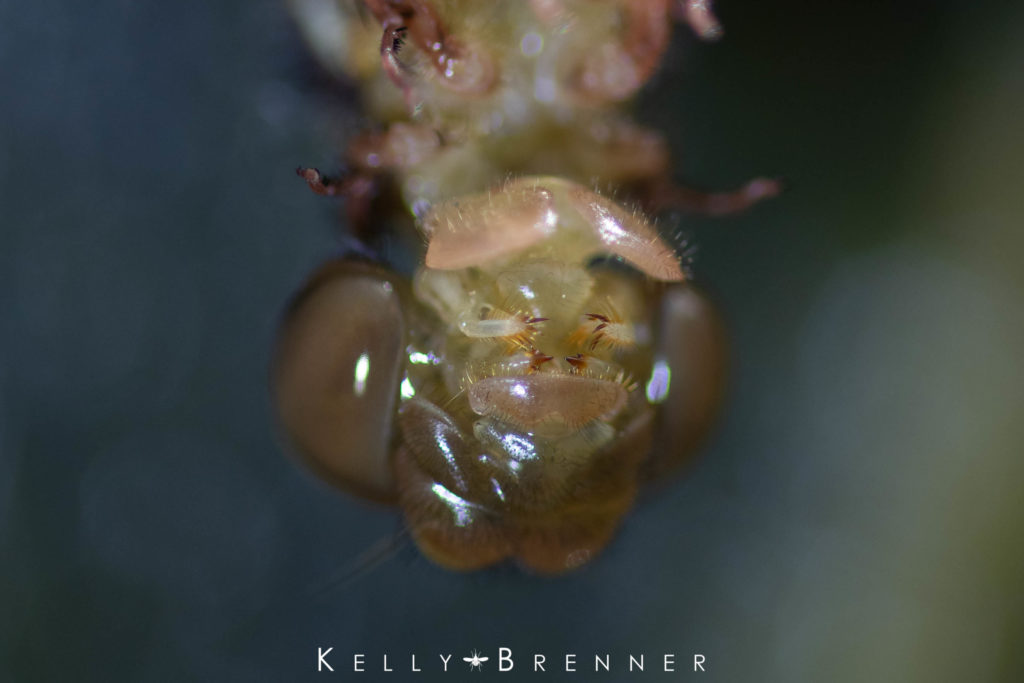
As I laid among the plants trying to get photos of the emerging dragons, a Common Green Darner flew in and circled the pond a few times before flying off. I also noticed a newly emerged mayfly floating on the pond’s surface, its wings still laid out flat. As I watched, it soon snapped its wings up together as it skated around on the surface of the water before vanishing a short time later.
Several times I saw dragonflies fly away from the pond that I hadn’t even noticed and found exuvia from the areas they departed from. I sat for I don’t know how long, amongst the plants watching the dragons emerge. Soon the second one I noticed began crawling up the container and into the Slough Sedge before snapping its wings open. Before it flew away, it landed on my leg briefly. And then when I turned to see it fly away, I noticed yet another teneral dragon sitting right next to me on the Oregon Sunshine, just a few inches away.
It was astonishing how the pond seemed to be exploding with dragons. I searched more carefully and found two more around the pond, already fully out and ready to fly. Eventually, by late afternoon I was down to a single dragon. It had emerged long ago, the others that had come out at the same time had already flown away, but this one was apparently in no hurry. As I waited for it to fly, so I could collect the exuvia, I walked to a stump on the edge of the pond where I had earlier noticed some Lycogala slime mold growing, and there, perched right above it was another dragonfly sitting on its exuvia.
That dragon soon flew and I was left with just the one. Eventually it too flew. In all, I saw 12 dragons either emerge or fly away from the wildlife pond on that one afternoon.

